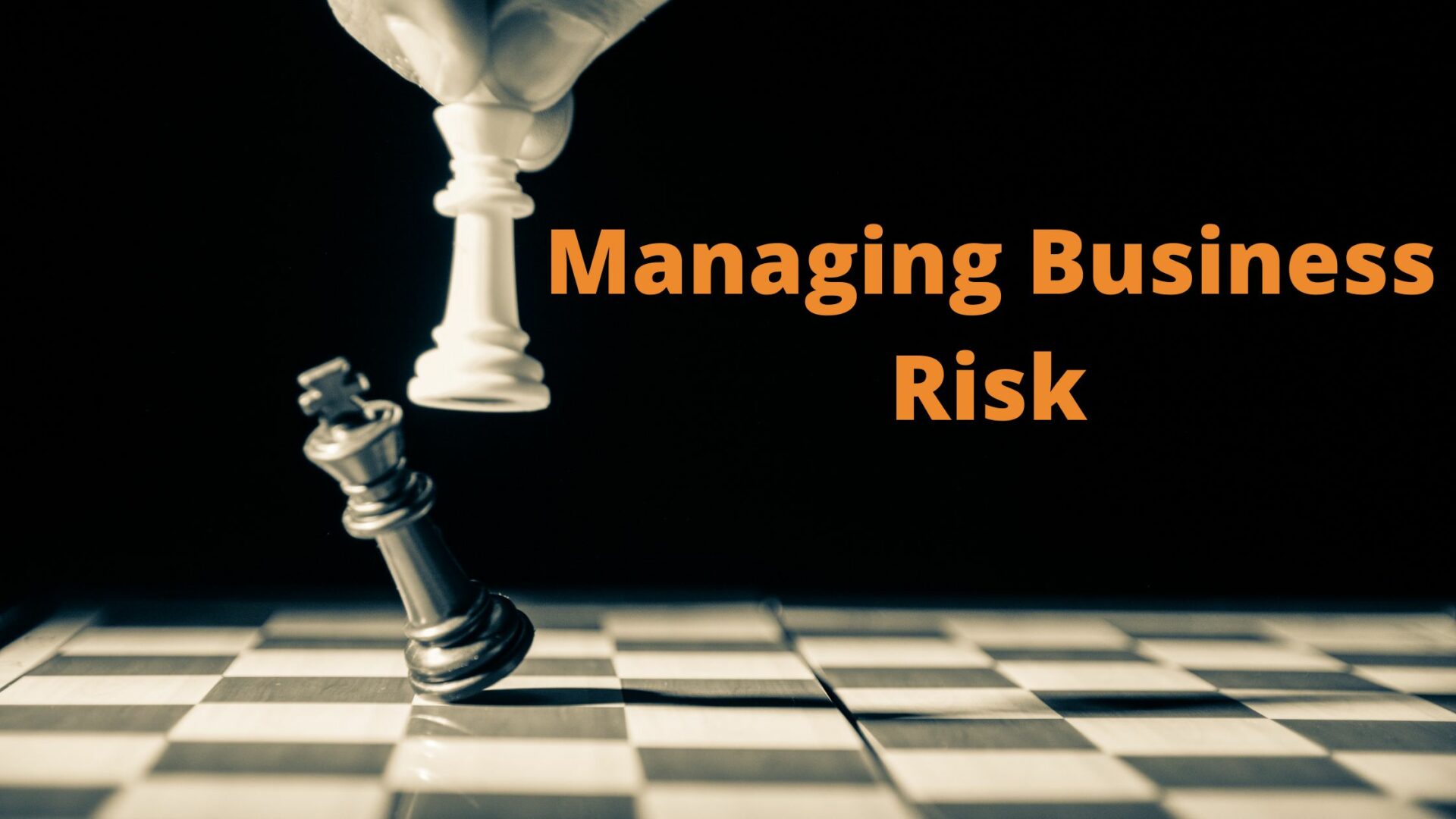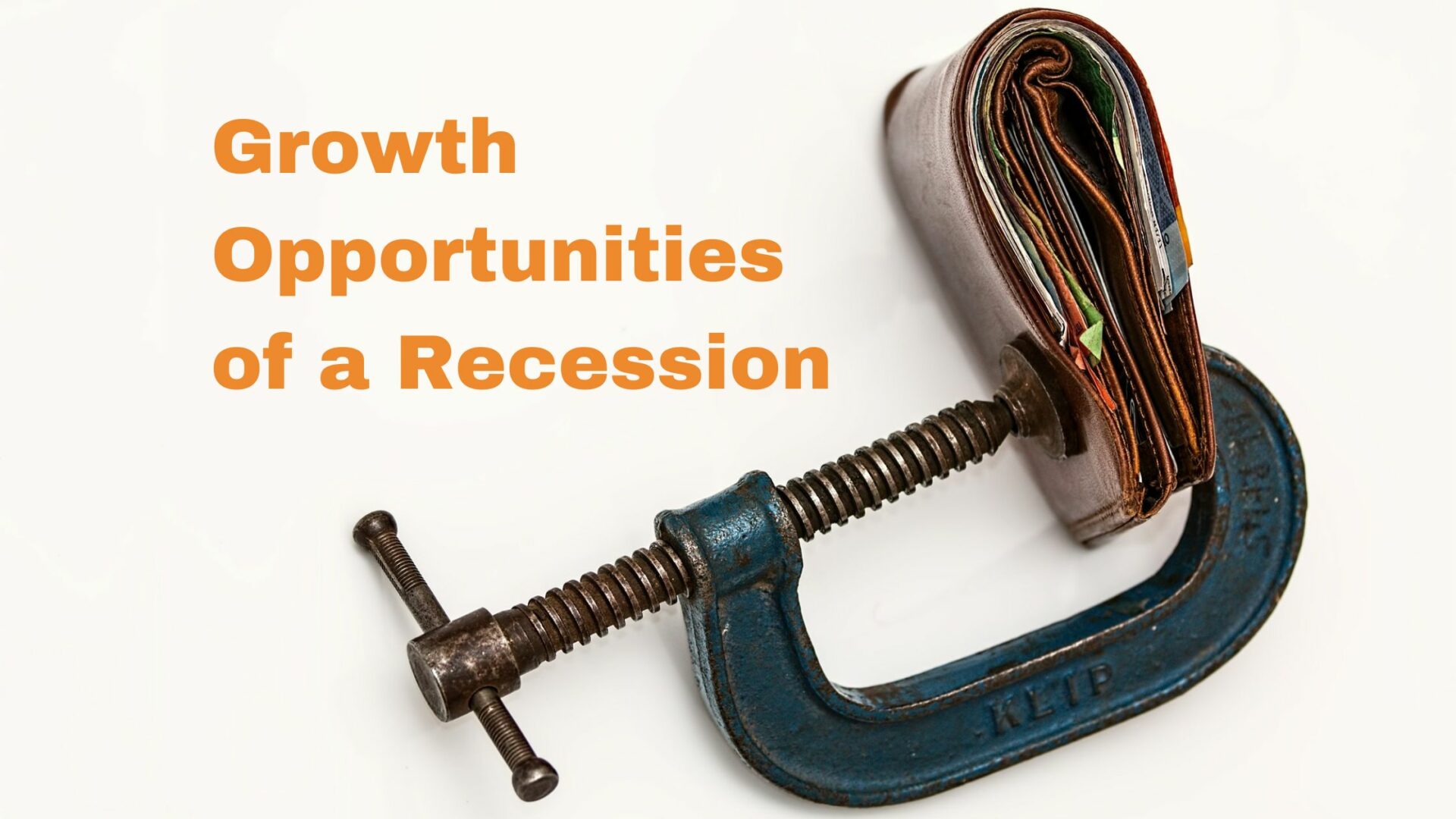For the CEO, business risk can be the hidden factor behind almost every decision. It’s one of the reasons why the phrase “risk profile” has also become very frequent in business circles. This is the measure of how much risk the business owner is happy to take, and it’s frequently taken into account by financial advisers before investing any of a client’s money. The profile is a score out of 10, with 0 used as an indication of being conservative and 10 showing the client will take high risks.
But can an entire business have a risk profile, and how will it change in line with the economy?
Managing Your Business Risk Profile
In most cases, the owner of a business has a risk profile that’s very different from those on his board and from the shareholders. This can lead to conflict when making important decisions. The board and shareholders may want to be more conservative, whilst the owner wants to push for growth and take the risk.
It’s important to note that the business owner’s risk profile often won’t change during different economic cycles. This can be incredibly damaging for a business, especially if all decisions are left to the CEO.
Client/Supplier Relationships
Another area where there can be a conflict between risk profiles is with the client and supplier. This can create problems with sales and production. The management team and suppliers will also have varying risk profiles, with management teams often wanting to push for growth and take risks far more than a loan supplier, for example, who will be more conservative.
Frequently during recessions, the managers will lower their risk profiles without realising. The most prominent mistake happens when the market begins to move up again, and there needs to be heavy reinvestment in the business to drive growth, but the managers are too hesitant. A by-product of fear, they’ll wait until the market has already moved before acting. This can end up crippling any potential business growth.
How Do You Fix the Problem?
To combat conflicts that stifle growth, there are a number of solutions. Start by measuring the entire management team’s individual risk profiles, getting more understanding of where conflicts will arise and how to deal with them. Managing differences is key to driving growth.
You also need to agree on a business risk profile. This is the profile that your entire team should follow – regardless of their own profiles – when making business decisions. Put a risk management strategy in place that will allow the team to accurately measure the risk of decisions, helping them to stay in line with the business strategy.
Finally, the board should mandate both the business profile and the risk management processes. All business decisions should then be made using these and taking into account cost and return. If you need help understanding your business risk profile, please email [email protected] or call (0)208 088 3612.





